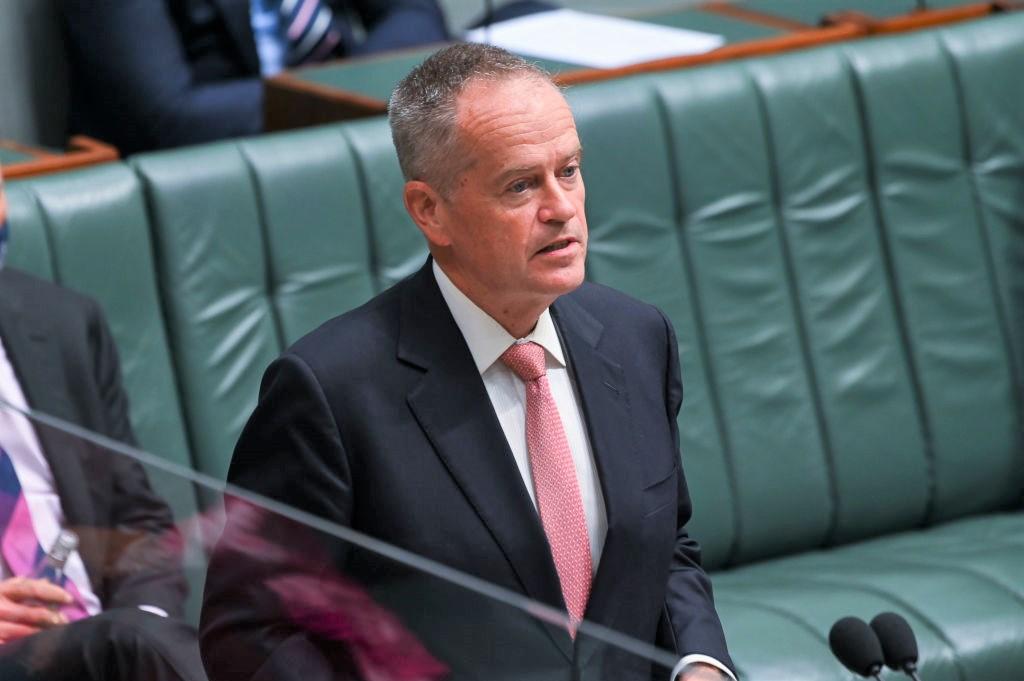Government Services Minister Bill Shorten said he would not describe the current situation where households are struggling to repay mortgages under high-interest rates and inflation as a “household catastrophe.”
“I wouldn’t use such language to be honest,” he told ABC radio on April 13.





